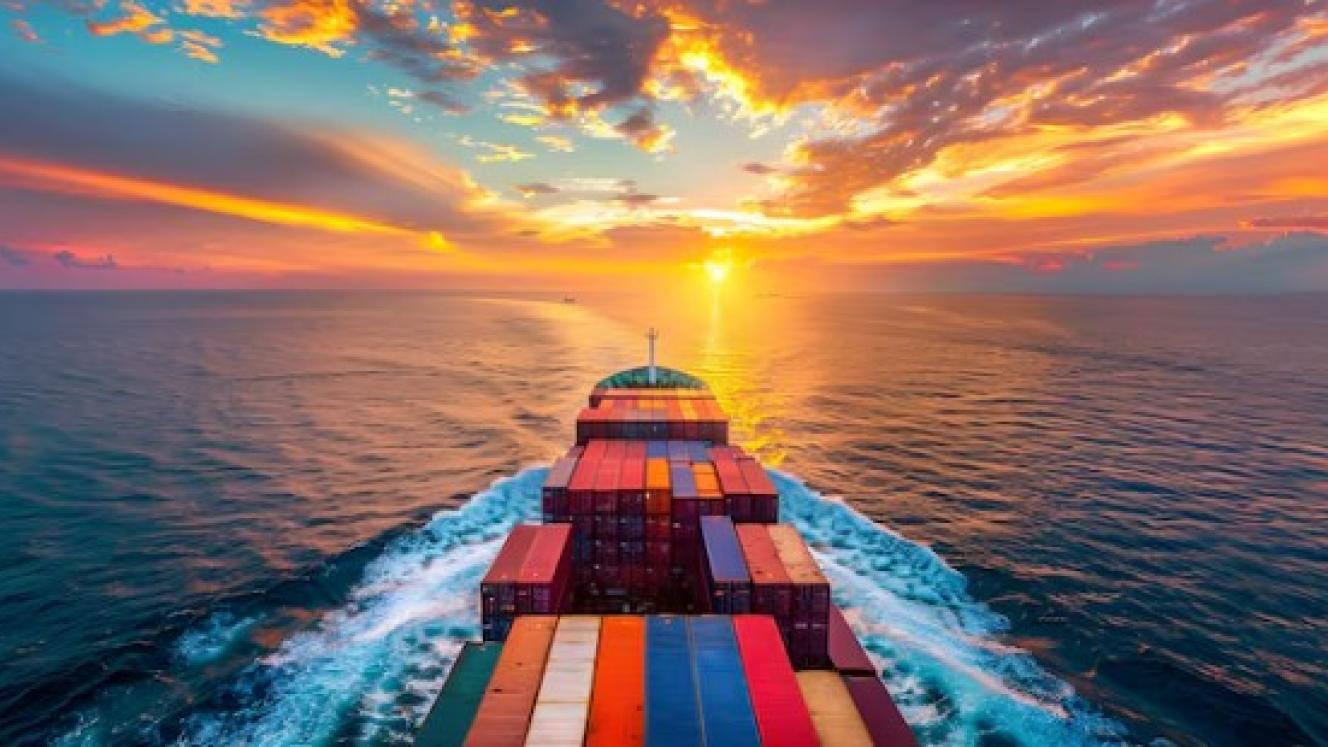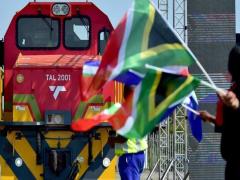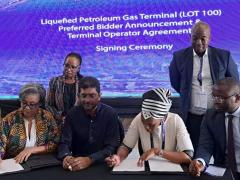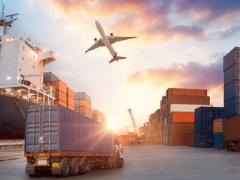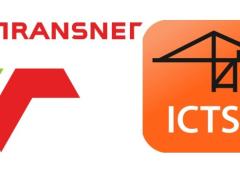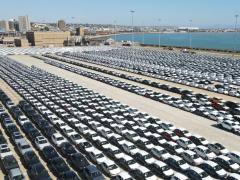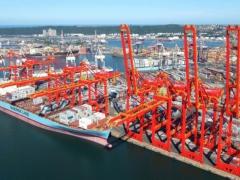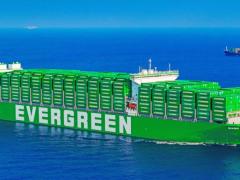The supply chain of
the future will be
leaner and faster, but
most importantly,
it will move towards selforchestration
or become
completely autonomous.
The current poster child
of autonomisation is drone
delivery, with a lot of the
conversation driven by Amazon
after it made public its last mile
plans.
This was followed by
Parcelcopter from DHL, which
has been tested successfully
in Germany, delivering
medication in remote areas.
Australian start-up Flirtey
recently conducted the first
FAA-approved drone deliveries
in North America and Amazon
has gone a step further,
defining airspace regulations
for drone deployment. These
have been accepted across
many countries and today,
commercial drone delivery is
quite well regulated across the
world.
According to drone
regulations, airspace up to
200 feet is reserved for lowspeed
aircraft, video inspection
drones and localised traffic
drones to survey traffic
conditions and performance.
Meanwhile, delivery drones
will soon operate within a highspeed
transit corridor, between
200 and 400 feet. No-fly
zones will separate unmanned
aircraft from manned
passenger aircraft, which
will be used for emergency
deliveries.
Back on the ground, delivery
vehicles are expected to become
partly or fully autonomous in
the next 15 years.
We have already seen the
full autonomisation of forklift
trucks, with companies like
Toyota deploying numerous
automated warehouse solutions
around the world.
It is not surprising as human
travel within warehouses is the
most unproductive movement
in the supply chain. And by
taking humans out of forklifts,
we can reduce picking process
time by 400%.
By 2030, truck platooning
– where trucks are managed
by state-of-the-art driver
assistance technology – will be
mainstream. It is envisioned
that truck platooning alone
will offer a saving of 20% on
operational fuel costs.
Trucks will travel together
in very close proximity,
communicating
wirelessly with each
other. Not only will they
have better fuel efficiency,
they’ll be safer too. These
platoons will help improve
traffic flow by travelling at
constant speeds and will boast
drastically reduced braking
response times.
Autonomous ships are on the
horizon, too. In October last
year, the Norwegian Maritime
Authority and the Norwegian
Coastal Administration signed
an agreement allowing for
testing of autonomous ships in
the Trondheim fjord in central
Norway.
With collaborators from
across the spectrum of
maritime and technology, this
project is a world first, bringing
innovative partners together
in what is effectively a huge
natural ‘laboratory’ to develop
and pilot ideas that could
transform the very nature of
shipping.
Rolls Royce
announced it would be
launching autonomous ships in
2030. These ‘ghost ships’ will
set sail without crews, governed
by a captain who sits in a
simulator on shore.
Big fuel savings will be
achieved by dividing nonurgent
cargo on autonomous
ships and, by reducing
travelling speed by 30%,
companies in the future will
save around 50% on their fuel
costs.
Comments | 0
